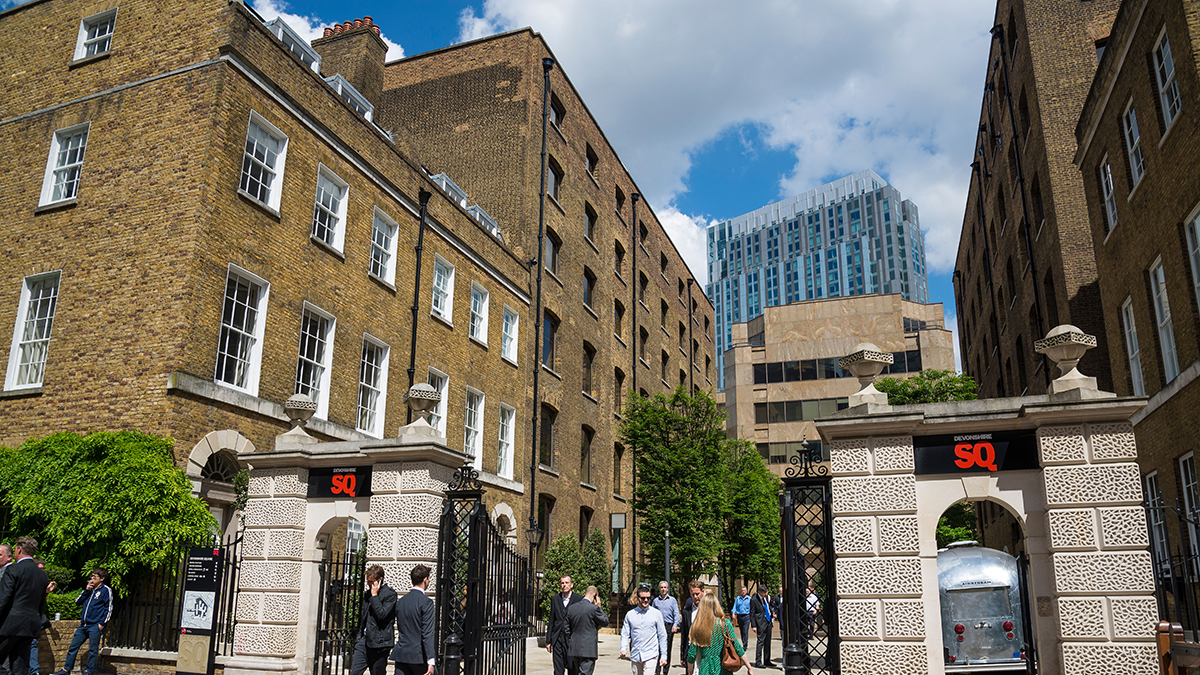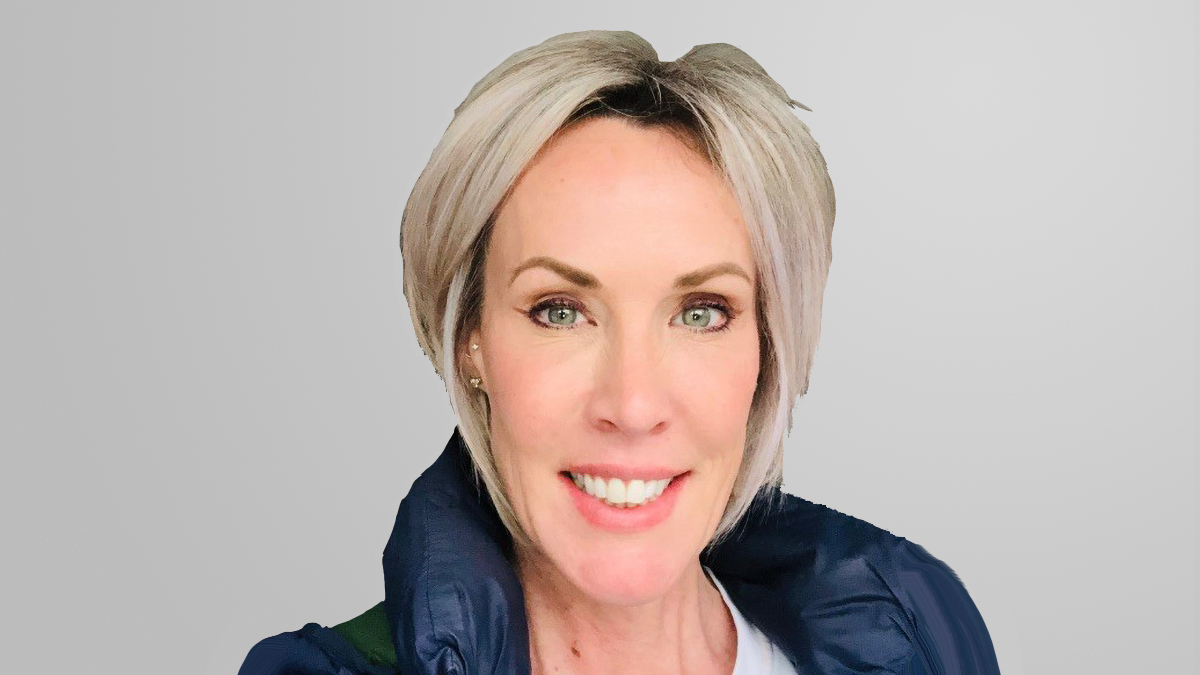Coverholders thrive in a ‘culture of no surprises’: Carbon Underwriting CEO
‘We promote a collective mindset rather than take the traditional, linear approach to profitability,’ chief executive, Nick Tye, says
Nick Tye outlines how Carbon Underwriting, Lloyd’s first syndicate-in-a-box, is moving towards its goal of becoming the Lloyd’s ‘benchmark of excellence’ for the delegated authority business, since it gained full syndicate status in January
Most companies will say they are supported by three pillars – technology, partnership and efficiency – but it is how these pillars are underpinned that makes Carbon Underwriting unique in the delegated underwriting authority business, according to its founder and chief executive, Nick Tye.
Carbon became Lloyd’s first syndicate-in-a-box (SIAB) in July 2020 and graduated to a full Lloyd’s syndicate in January this year.
The London-based firm created its own underwriting platform, which it called Graphene, after the allotrope of carbon.
In an interview with Insurance Day, Tye says thinking outside the traditional Lloyd’s “box” will deliver gross written premium of more than £150m ($189.7m) for syndicate 4747 by the end of this year and more than £200m in 2024. Those figures are up from the £45m it wrote in 2021.
Carbon’s progress recently attracted a “significant” strategic investment from UK private equity firm Apiary Capital, which will bolster Carbon’s ambition to be Lloyd’s “benchmark of excellence” for the delegated underwriting authority business, Tye says. As much as 45% of the premium Lloyd’s underwrites, he highlights, is from 3,400 coverholders “channelling business into the franchise”.
Tye says: “I’ve always been a Lloyd’s box underwriter and, to be frank, coverholders possess specialised knowledge and experience in niche markets. They are well regarded, having established relationships with local clients and networks which, for Carbon and a lot of syndicates, is paramount when you’re wishing to expand into new territories.”
Different focus
Carbon’s focus, though, is not on developing but rather on transforming the international coverholder market.
“We started Carbon because it’s very difficult to instil change in large corporates, particularly when they are burdened by legacy infrastructure and mindsets,” Tye says. That is why Graphene was formed with those who had never worked in insurance before, instead joining from banks, hedge funds, Amazon and PayPal, although Tye himself has worked in the insurance industry for 25 years.
He says: “We’re all here to learn new things about the insurance market. In a way, this is a game changer for coverholders because our data and underwriting insights are presented to all parties in one transaction, at the same time. That sharing of insights, which is how the co-insurance market worked 20 years ago, creates a culture of no surprises. That makes for proactive decision-making and enables us to steer our clients to areas of superior growth and profitability.”
When Tye started his career in insurance in 1999, as a broker’s assistant at Aon, Lloyd’s was a “heavy co-insurance market”, with insights shared between peers and syndicates.
“That still happens but there are some very big players that have not realised the benefit of having a consortium of partners to do things better with data. Carbon’s technology supports underwriting through enhanced analytics that you do not get from the typical placement methodology. It’s that which supports superior profitability,” he says.
A coverholder’s attitude towards sharing insights is a tell-tale sign of whether they are suited to Carbon, Tye continues. “Our relationship with each coverholder is not just a results-based exercise to us. There are nuances by which you can tell a lot about them, such as how they treat and value data and how quickly they respond to our questions.”
That is why Carbon’s chief underwriting officer, Jacqui Ferrier, uses the phrase “no data, no deal”.
Tye says: “There are obviously exceptions to that rule but if a coverholder can’t demonstrate enough information about its portfolio, even if it’s giving great results now, then that says a lot about how it runs its business. For us, it’s about the journey we can take our clients on for years to come.”
He adds: “There are coverholders that wouldn’t want to trade with Carbon because we’re not going to deploy capacity and then not frequently engage with them or analyse their portfolio or have in-depth renewal conversations with them because that would be of no value for coverholders or for Carbon. We’re very selective and probably turning down 20 opportunities a week because choosing the right partners is key to the success of our organisation.”
Three pillars
The right kind of coverholder means one willing to work with Graphene, which is the basis of one of Carbon’s three pillars for success: an efficient operating model.
“Graphene underpins everything we do because it presents all parties in the distribution chain – underwriters, brokers and coverholders – with superior data to ensure they are completely aligned,” Tye says.
The platform is managed by quants and IT developers who employ machine learning and artificial intelligence.
Tye describes technology, Carbon’s second pillar, as “data distance”, meaning how to bring data of the most value directly to its clients. Data is typically delivered from a coverholder into the London market via a broker to a managing general agent, Tye says. A reinsurer, moreover, normally must wait nine months between the inception of an insurance policy and when they have “first sight of” the risk they are taking on, he adds.
“There are obviously exceptions to ‘no data, no deal’ but but if a coverholder can’t demonstrate enough information about its portfolio, even if it’s giving great results now, then that says a lot about how it runs its business. For us, it’s about the journey we can take our clients on for years to come”
Nick Tye
Carbon Underwriting
“That is the linear way the binding business works, with various points in the distribution channel, but what Carbon has done is to create an ecosystem where every single stakeholder sits. We’ve done that because working as a collective group leads to better-informed and therefore quicker decisions.
“Time and again in this market, coverholders are told what they’re doing badly and it’s very rare they are fed back information about their portfolio, but Carbon tells them what they are also doing well and how they can do even better.”
Is Carbon treading on brokers’ toes? “No, we’re helping brokers to help their clients and any broker can look at our track record of the past three years and see that. We share Graphene with them and we pitch with them. We pride ourselves on being completely aligned with all of our partners.” Tye says.
This enhances Carbon’s partnerships – its third pillar. “Whenever we onboard a new coverholder, it is treated like an extension to our underwriting team,” Tye stresses. “Communication is frequent, involved and transparent because we see Carbon as equally responsible for the delivering of the coverholder results. We simply can’t just sit here and provide capacity with little additional value. That brings them away from the stagnation there has been in domestic markets for the past five years.”
That extension means coverholders are “incubated” within Carbon to explore ways to enhance their business and make it more efficient.
“Graphene acts like a springboard so, for example, we underwrote a family-run international liability coverholder in 2020 when its annual income into Lloyd’s was around £2m but now we’re looking to write in excess of £25m with it across a number of new lines of business,” Tye says.
“Coverholders are ambitious but a lot of them have had stagnant growth because they have been limited by the capacity the syndicates they trade with can provide. Carbon’s approach isn’t ‘what can we do for a client now?’ but ‘how we can get them to where they could be five years from now with the right support?’”
Out of the box
The SIAB model was developed to allow smaller, entrepreneurial business proposals the opportunity to establish an underwriting platform in Lloyd’s at a smaller scale and lower cost base.
Tye says: “Carbon was the first managing general underwriter start-up in Lloyd’s SIAB framework. That was fantastic because it gave us access to Lloyd’s franchise and writing to an own-capital base, but it was restrictive. It’s called a box for a reason, with the premise that you enter into a three-year arrangement with Lloyd’s and can’t operate outside this.
“Markets change, there are numerous headwinds and you need to be quick, efficient and proactive, which was difficult as an SIAB. Graduating to being a full syndicate gave us a much greater market presence and a better understanding of who we are and what we want to be doing. More than that, it’s given us flexibility,” he says.
Tye says the transition to full syndicate status enables Carbon to attract more talent and add new classes. It has expanded its coverage from property/casualty to now include financial lines and Tye and his team are also considering the adoption of accident and health.
“We’re very diverse in terms of territory and class of business. Our book is non-US with very low exposures to catastrophe, which we’ll keep as our focus for the next few years,” he adds.
“It’s all about capital efficiency for Carbon – the Lloyd’s economic capital assessment ratio. We don’t need to change the premise of Carbon because what we do, we do really well and so 2024 for us will be all about iteration rather than redesign.”
There is no hunt for new investors, he continues, as Apiary’s funds “absolutely suffice” for Carbon’s next five years’ of growth.
Tye concludes: “That growth will be towards a data-driven coverholder future.”



